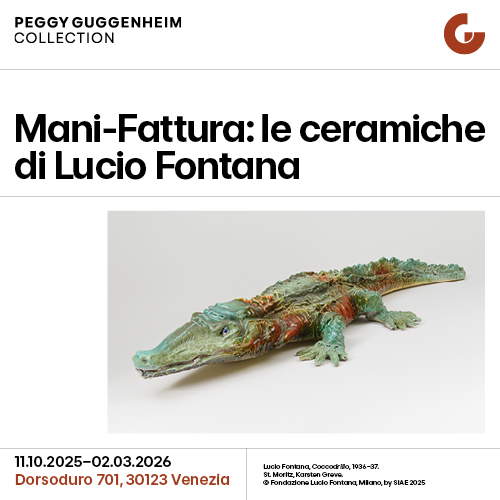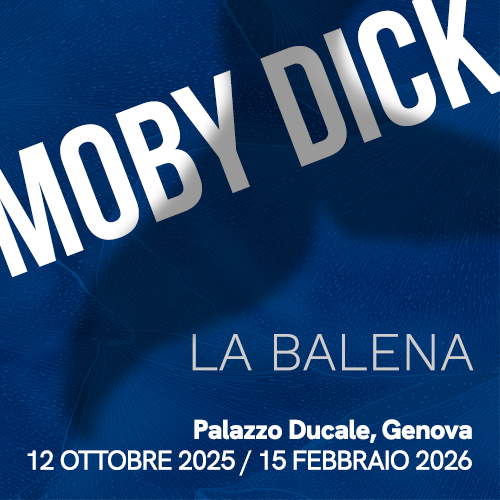
St. John's Hospital in Bruges, the museum that holds Memling's works
In the heart of Bruges stands one of the oldest hospitals in Europe, the Sint-Janshospitaal, now converted into a museum. Within its medieval walls coexist the legacy of care and the art of Hans Memling, in a journey that blends history, spirituality and technological innovation.
By Redazione | 29/10/2025 19:48
Bruges, the iconic city of Flanders, is home to one of the oldest and best-preserved health institutions in Europe: theHospital of St. John, or Sint-Janshospitaal. Founded around the middle of the 12th century, with the earliest documentation dating back to the 1188 regulation of the friar-inservants, this monumental complex served for centuries as a place of reception and care not only for the sick, but also for the poor, travelers and pilgrims. The institution grew considerably during the Middle Ages, growing up next to the Church of Our Lady, while today the old hospital, which remained operational until 1977, has taken on a new identity, transforming itself into the Hospital Museum of St. John, also known as the Hans Memlingmuseum as the home of a significant nucleus of works by Hans Memling (Seligenstadt, 1430 - Bruges, 1494). This metamorphosis has not erased its history, but rather enhanced it, placing the universal themes of hospitality, caring and empathy, concepts that have been ingrained in its DNA since its founding, at the center of the exhibition itinerary. The museum presents itself as a welcoming environment that blends the history of medicine with ancient and surprising contemporary art.
The original structure, located along the Mariastraat in Bruges, the ancient access route from Ghent and Kortrijk, was a vast complex that included the inpatient rooms (the great hall of which was built around 1200, mainly of Tournai stone) and an adjoining church. In time, the property expanded to include two convent buildings (one for the monks, later converted into a pharmacy in the 17th century, and one for the nuns), a cemetery, a herb garden, and even a brewery.
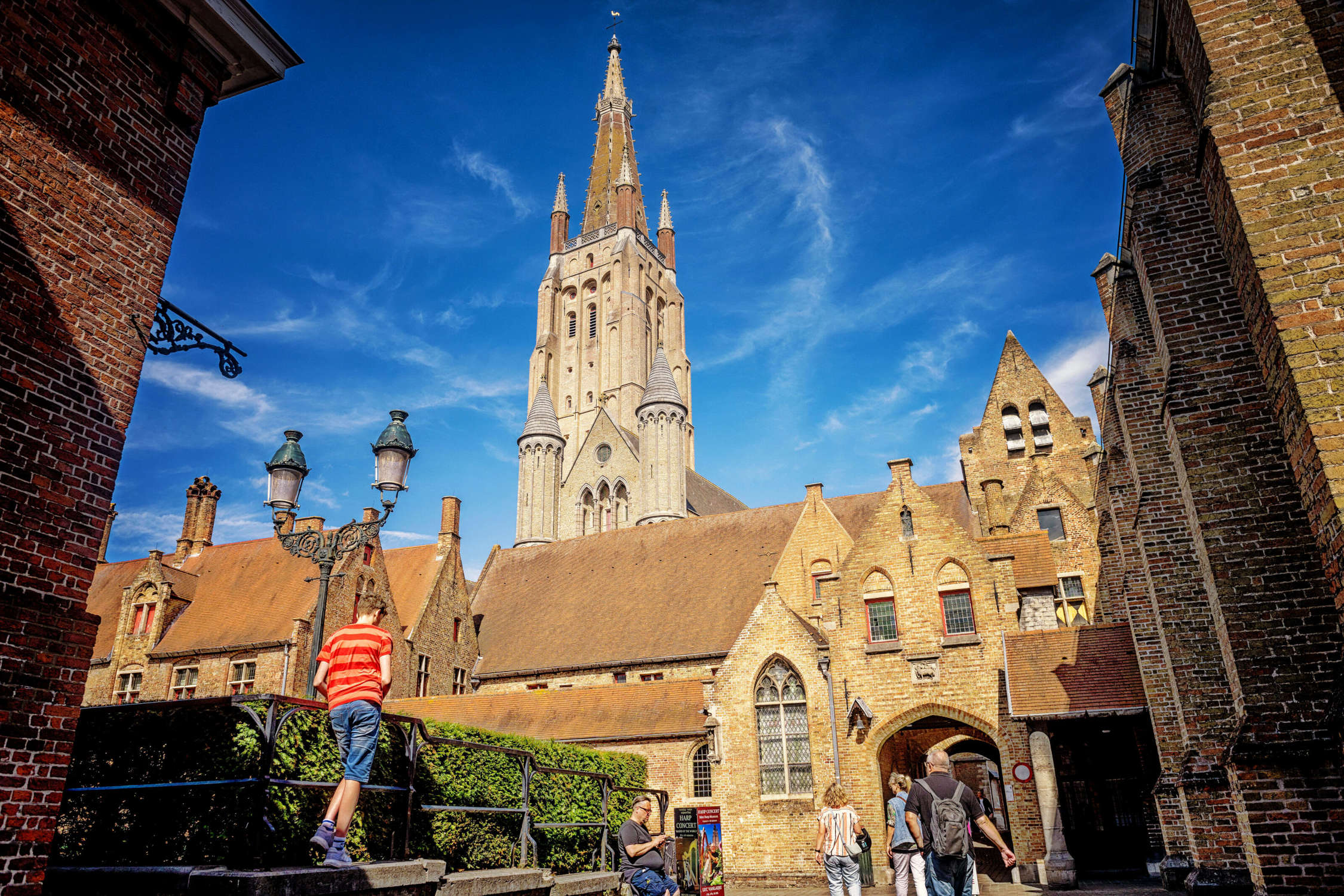
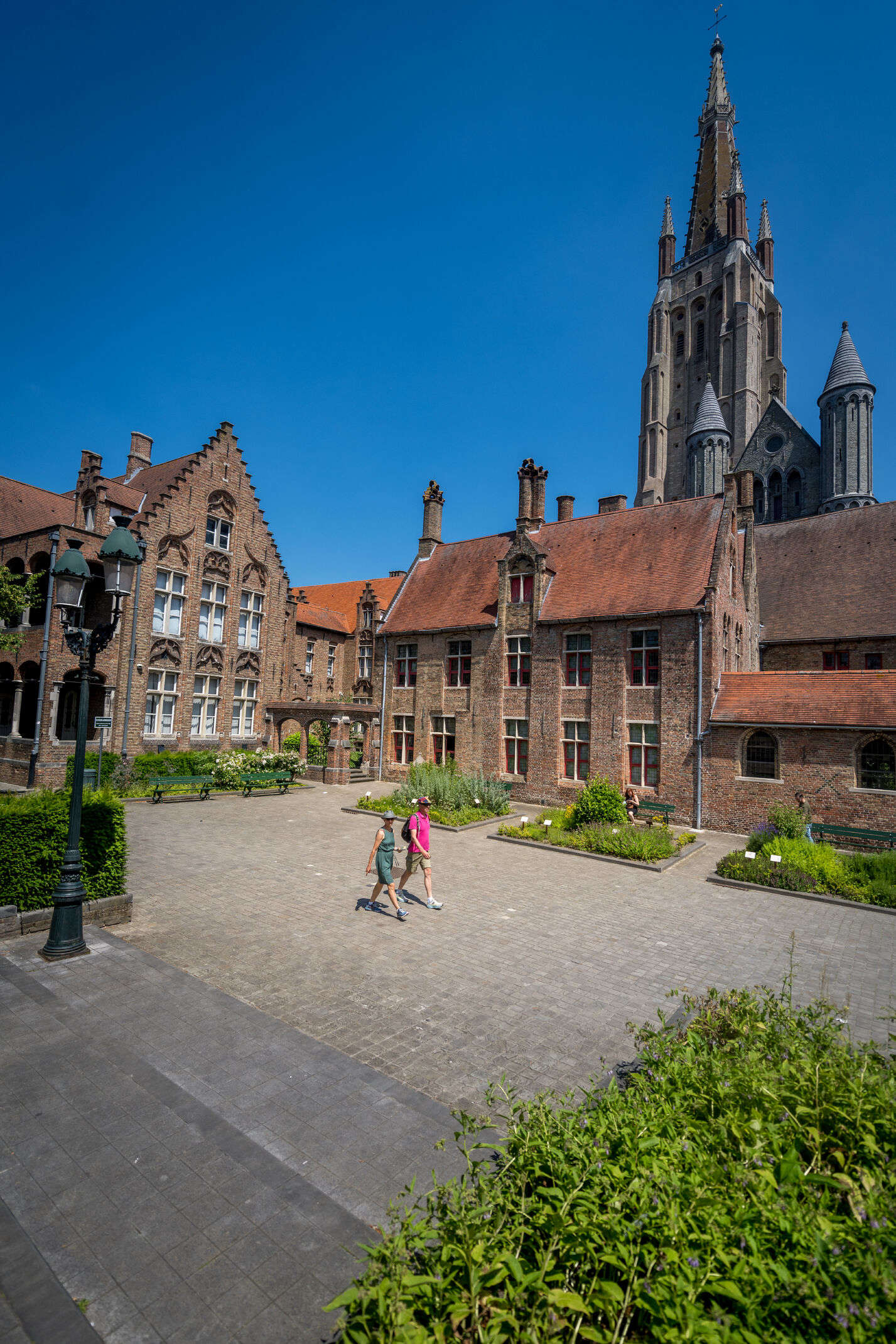
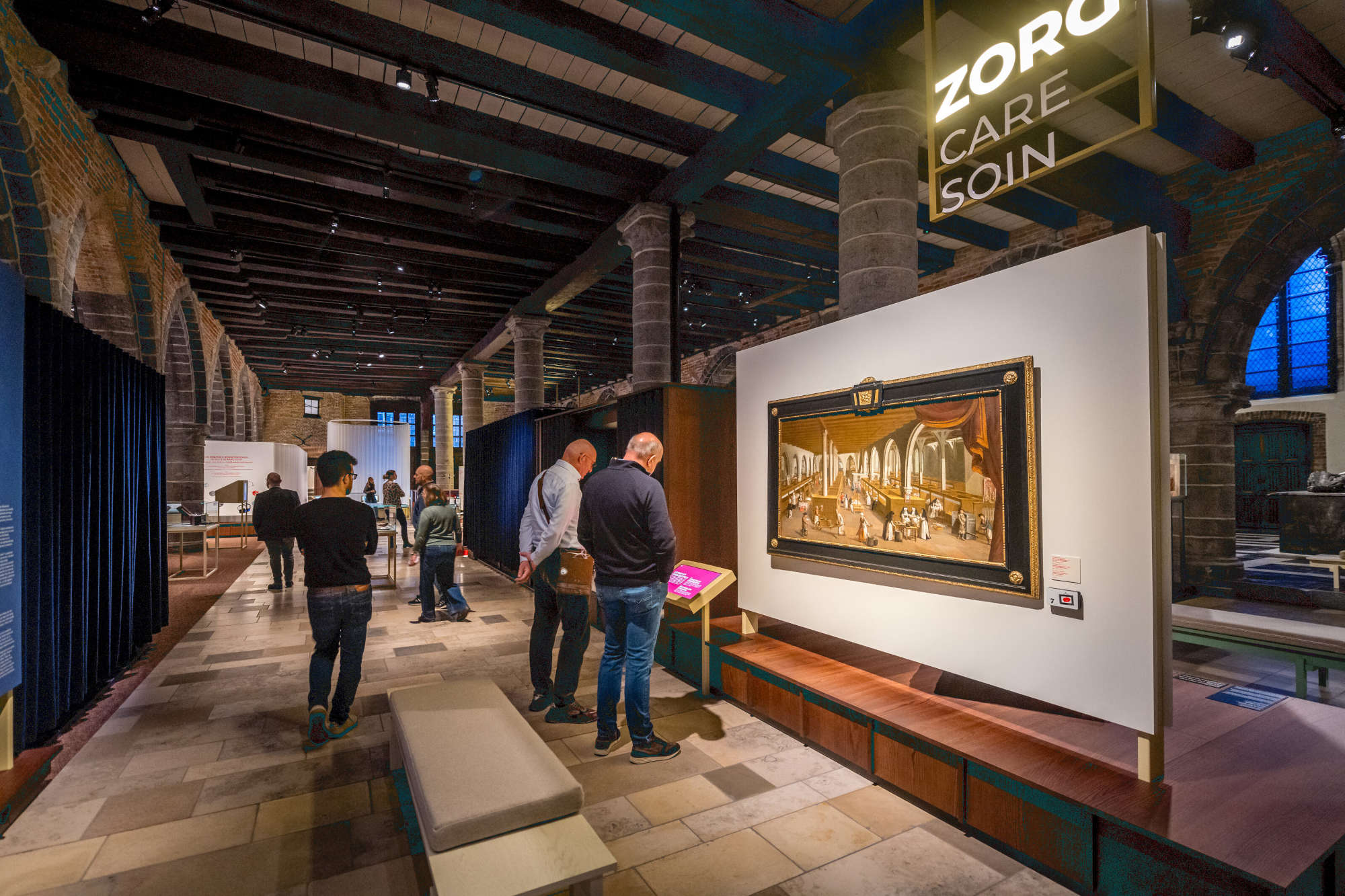
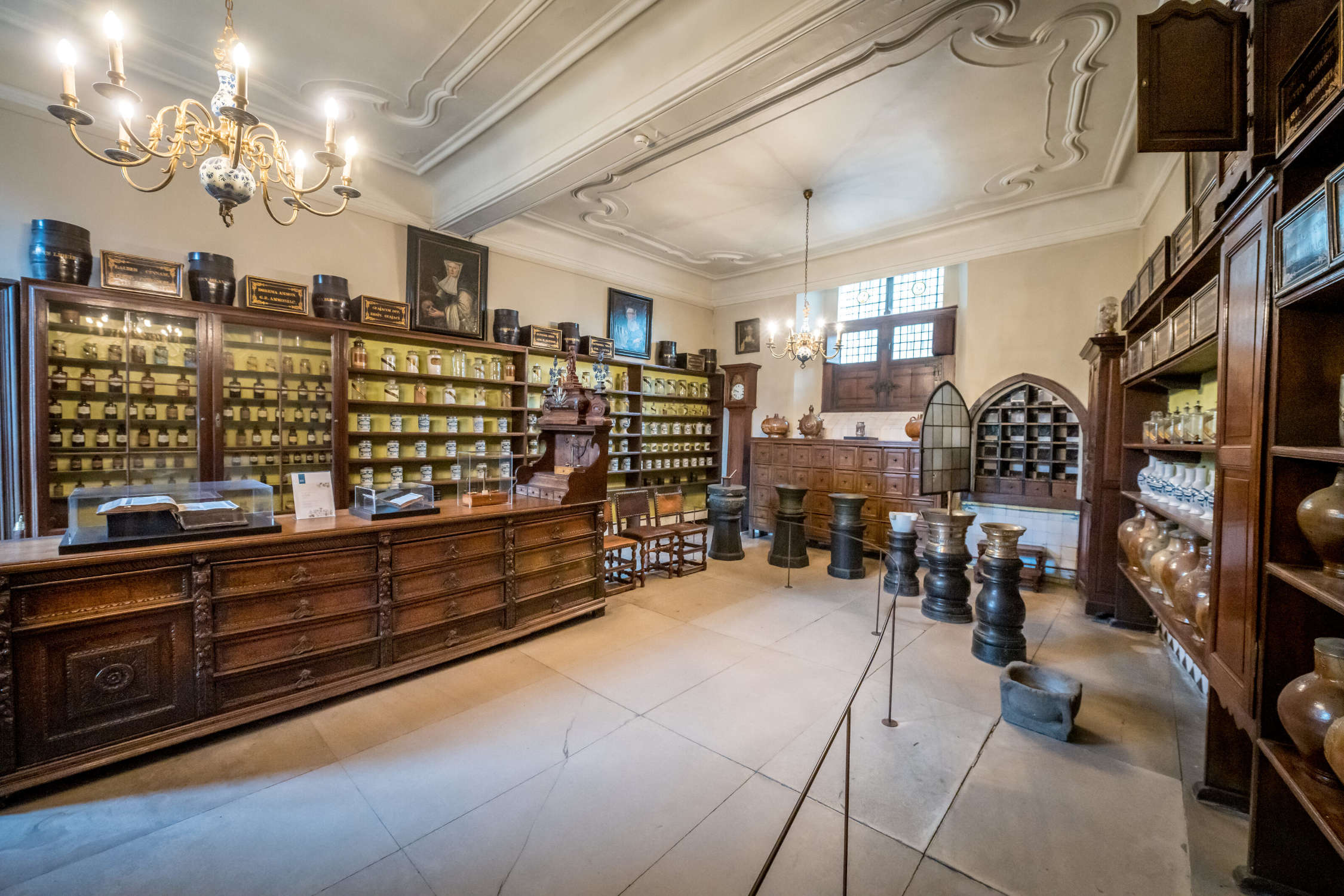
An architectural feature of particular note is the hospital's impressive attic: the roof truss, made of oak, is considered one of the oldest and most monumental in Europe. The church, dating from the 15th century, was designed to allow patients to attend religious services directly from their beds. After the community of friars disappeared in the late 16th century, the hospital came under the exclusive management of Augustinian nuns. During the 19th century, developments in medicine and new hygienic requirements necessitated structural extensions. Architect Isidoor Alleweireldt designed a new hospital with eight (or sixteen) wards arranged around a central body. The medieval halls, although temporarily earmarked for demolition, were spared and used for other purposes, as a chapter house or cultural space. The real turning point, however, came in 1977, when the hospital services moved to a new modern building in Sint-Pieters. The newer 19th-century structures, although subject to debate and proposals for demolition, were eventually restored and reused. Today, part of the more modern complex, known as the Oud Sint-Jan, serves as a conference center and exhibition space, maintaining a different use than the museum proper.
Perhaps the most distinctive feature of St. John's Hospital Museum is its inextricable link with Hans Memling. Indeed, the Bruges museum holds the world's second largest collection of the Flemish painter's works. However, the uniqueness of this collection lies in the fact that nowhere else are so many works by the Flemish master preserved in their place of origin. Memling, a master of hyper-realistic scenes, lived and worked in Bruges, creating his most significant masterpieces specifically for the hospital.
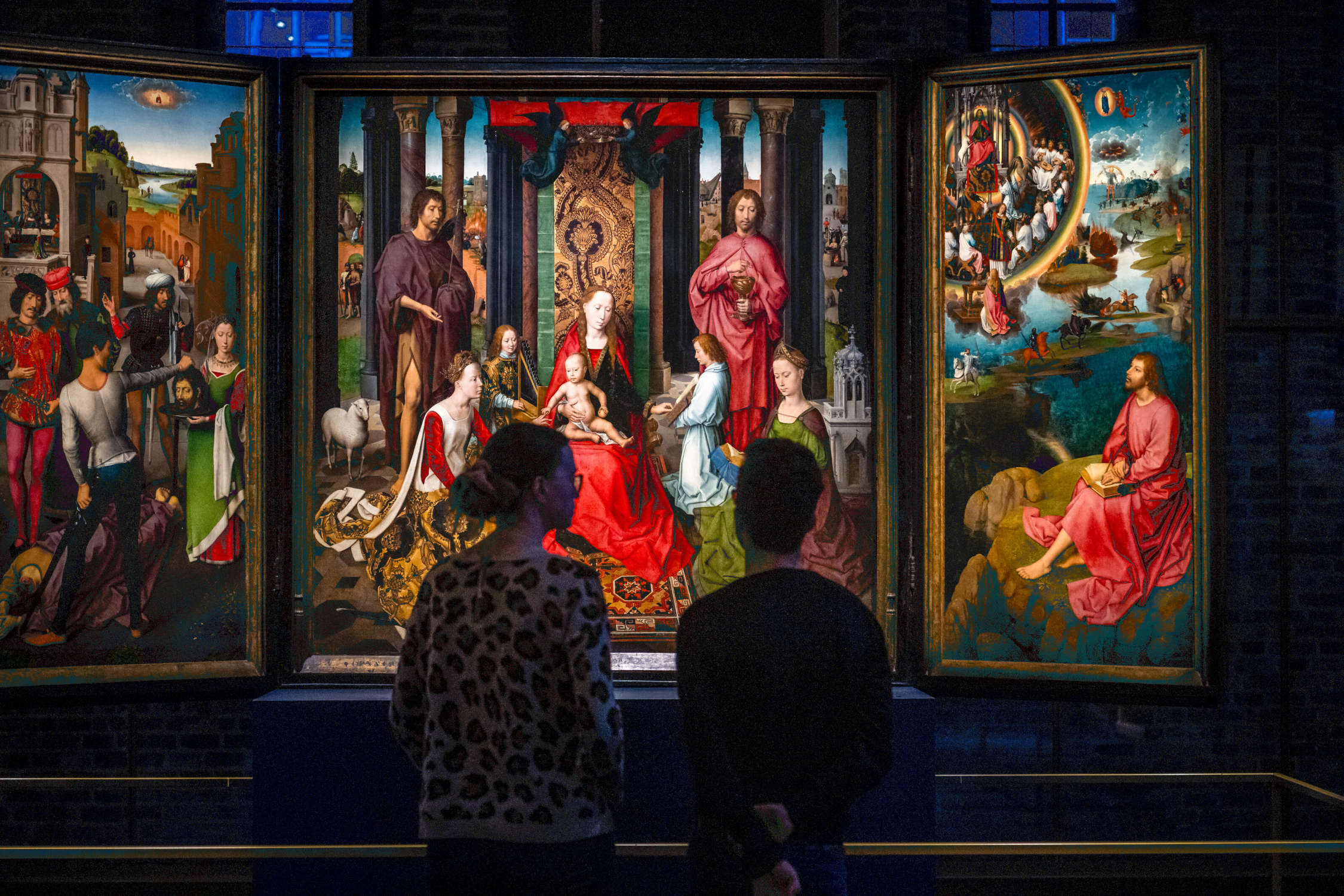
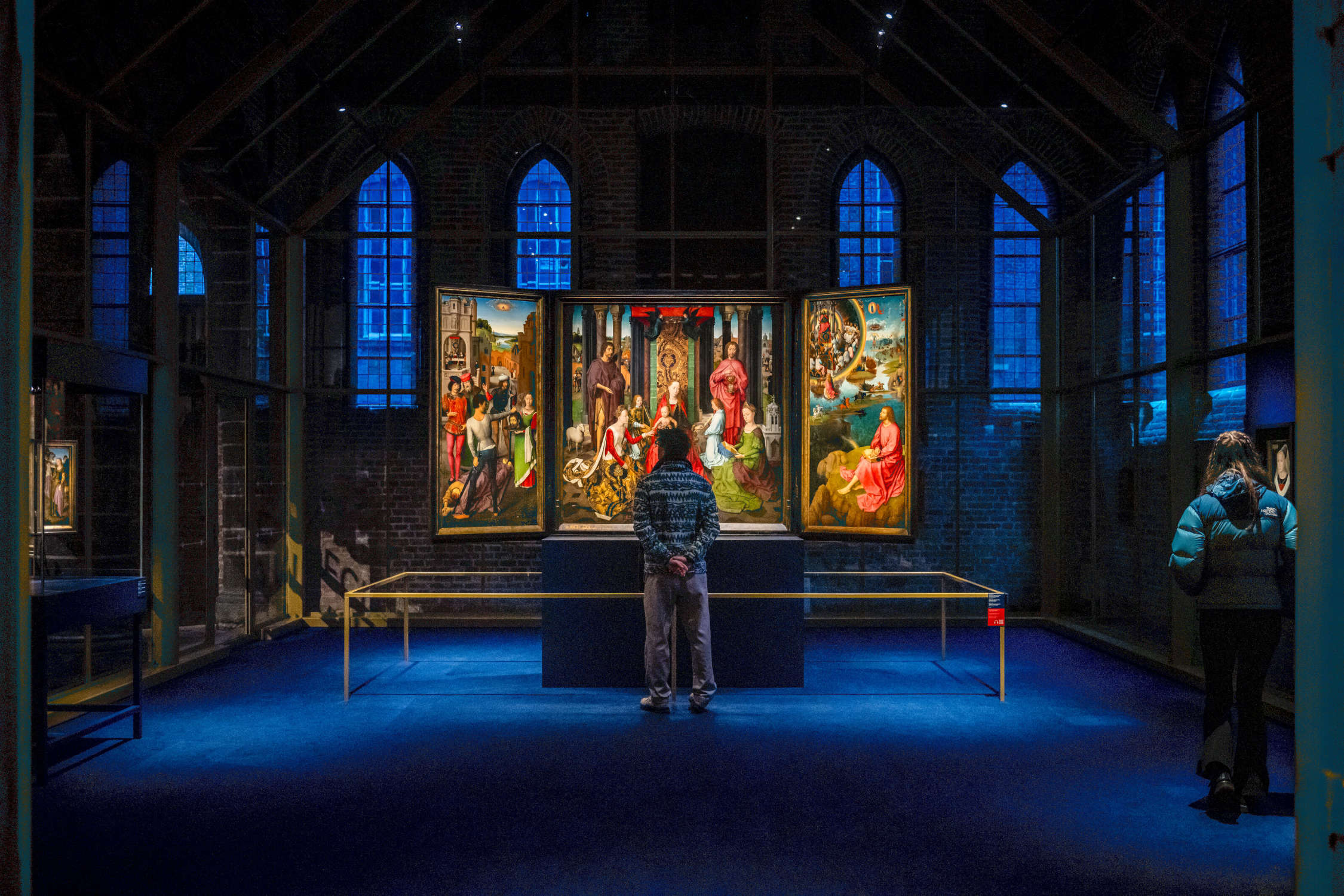
Of Memling's seven major paintings on display, four were specifically commissioned by the nuns and friars who ran the institution: the first is the Triptych of St. John the Baptist and St. John the Evangelist (1479), a monumental altarpiece made for the hospital church. The patrons, identifiable on the outer panel, included Antheunis Seghers, Jacob de Ceuninck, Agnes Casembrood, and Clara van Hulsen. The triptych is dedicated to the hospital's patron saints, John the Baptist and John the Evangelist. An interesting detail in the central panel shows a wooden crane, historically used to unload wine barrels, the duty for which was collected by the hospital. From the same year is the Triptych of the Adoration of the Magi also known as the Floreins Triptych: it was commissioned by the Hospitaller friar Jan Floreins, also known as Van der Rijst, who was master of the hospital between 1488 and 1497 and who is portrayed in the painting kneeling in a black habit behind a small wall in the central panel. This triptych, which celebrates three key moments in Christ's childhood (the Birth, the Adoration and the Presentation in the Temple), is remarkable for the degree of detail finish, such as the brick buildings, the characters and the signature and date preserved on the frame. By contrast, the Lamentation, or Triptych of Adriaen Reins, dates from 1480: commissioned by the friar Adriaen Reins, who appears kneeling on the left, the triptych was dated by the artist with the initials of the commissioner on the frame,and is a touching depiction of grief, with the faces of Mary, John the Evangelist and Mary Magdalene furrowed with tears and their eyes reddened with weeping. The outer wings, on the other hand, depict St. Barbara, St. Vilgefortis, and St. Mary of Egypt. The fourth work is the Reliquary of St. Ursula (1482-1489): considered an absolute masterpiece and a unicum in Memling's work and in the art of the Flemish Primitives, this casket attracts the public by its three-dimensionality and architectural form. It was commissioned to replace a pre-existing reliquary containing the relics of St. Ursula and other saints, and its creation was a collective work of art, involving a designer, a sculptor and Memling with his assistants. Solemnly consecrated on October 21, 1489, it tells in six scenes the story of St. Ursula's journey along the Rhine to Rome.
These four works are among the great masterpieces of Flemish art and have been preserved in their original context for more than five centuries. In addition to these historic pieces, the Memling collection includes three other paintings: the Diptych by Maarten van Nieuwenhove (1487); the Portrait of a Young Woman (1480), which depicts Sibylla Sambetha (1480), a lady of the wealthy bourgeoisie of Bruges; and the Portrait of a Member of the De Rojas Family, a panel detached from a triptych depicting a man in a praying position, probably belonging to the important Spanish family.
The current museum offers a dynamic experience linking the hospital's historical legacy with art. In the medieval patient rooms, which have been transformed into a contemporary museum, you can find the extensive collection of objects related to the hospital's history, including paintings, statues, books, medical supplies, and everyday tools. A section not to be missed is thehospital's old pharmacy, which boasts authentic interiors dating back to the 17th century and offers a glimpse into the history of the pharmacist nuns. The museum tour also includes the presence of contemporary art, such as the work The Veins of the Convent by Giuseppe Penone, which serves as a poetic thank-you to the nurses of St. John's Hospital. In the imposing attic, in addition to admiring the monumental oak structure, visitors can immerse themselves in the Closer to Memling Experience, an audiovisual and interactive installation that brings adults and children closer to the world of the famous painter. Participants are invited to take a seat at a hands-on table, thus entering the master's pictorial universe. Harnessing one's creativity, personal versions of the paintings can be developed, creating a true figurative "resurrection" of Memling. The experience reveals Memling's artistic secrets through interactive games, exploring elements such as the techniques used to create the illusion of perspective, the minor narratives that unfold in the background and the role of the patron saints. A notable visual element in the medieval attic is a massive screen, nearly five by five meters: this gigantic screen can be transformed by participants into a collective artistic creation that reimagines Hans Memling's famous works.

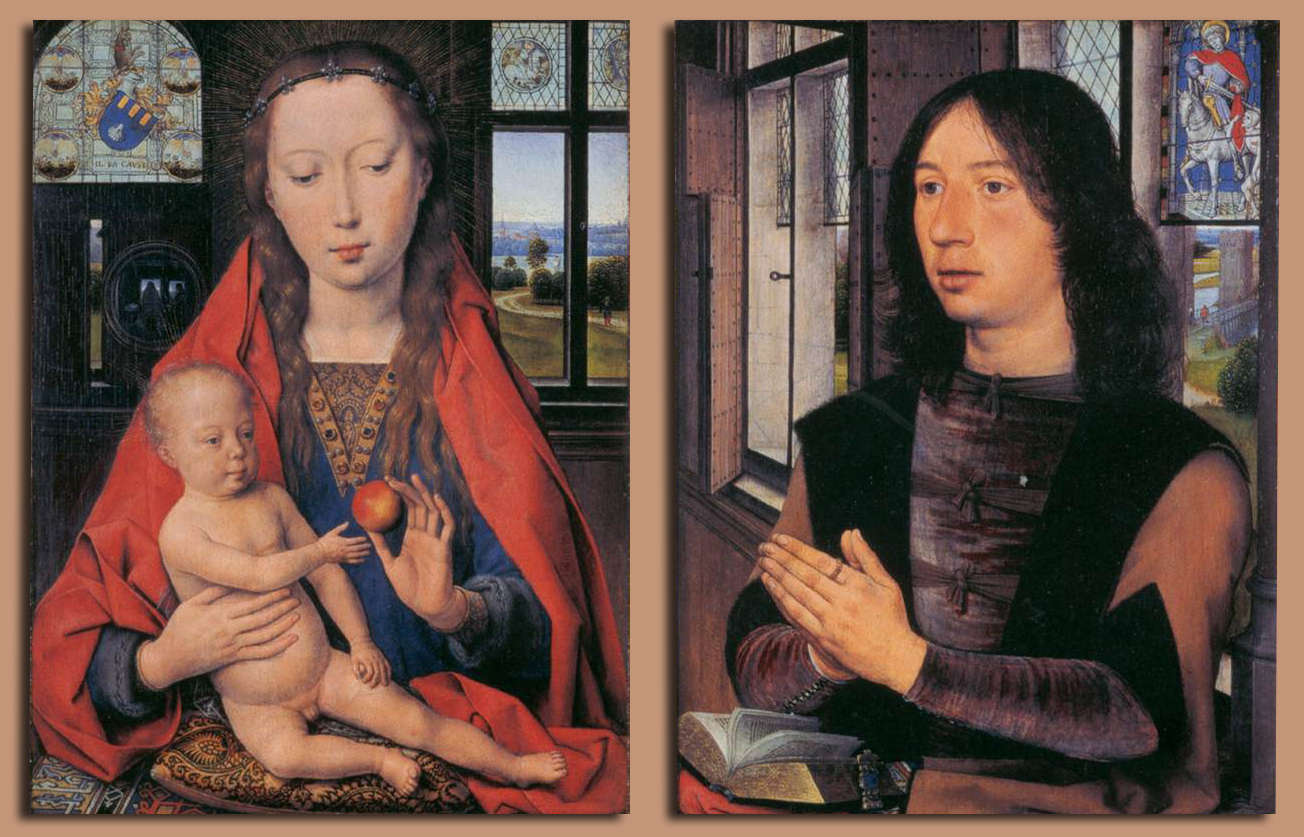
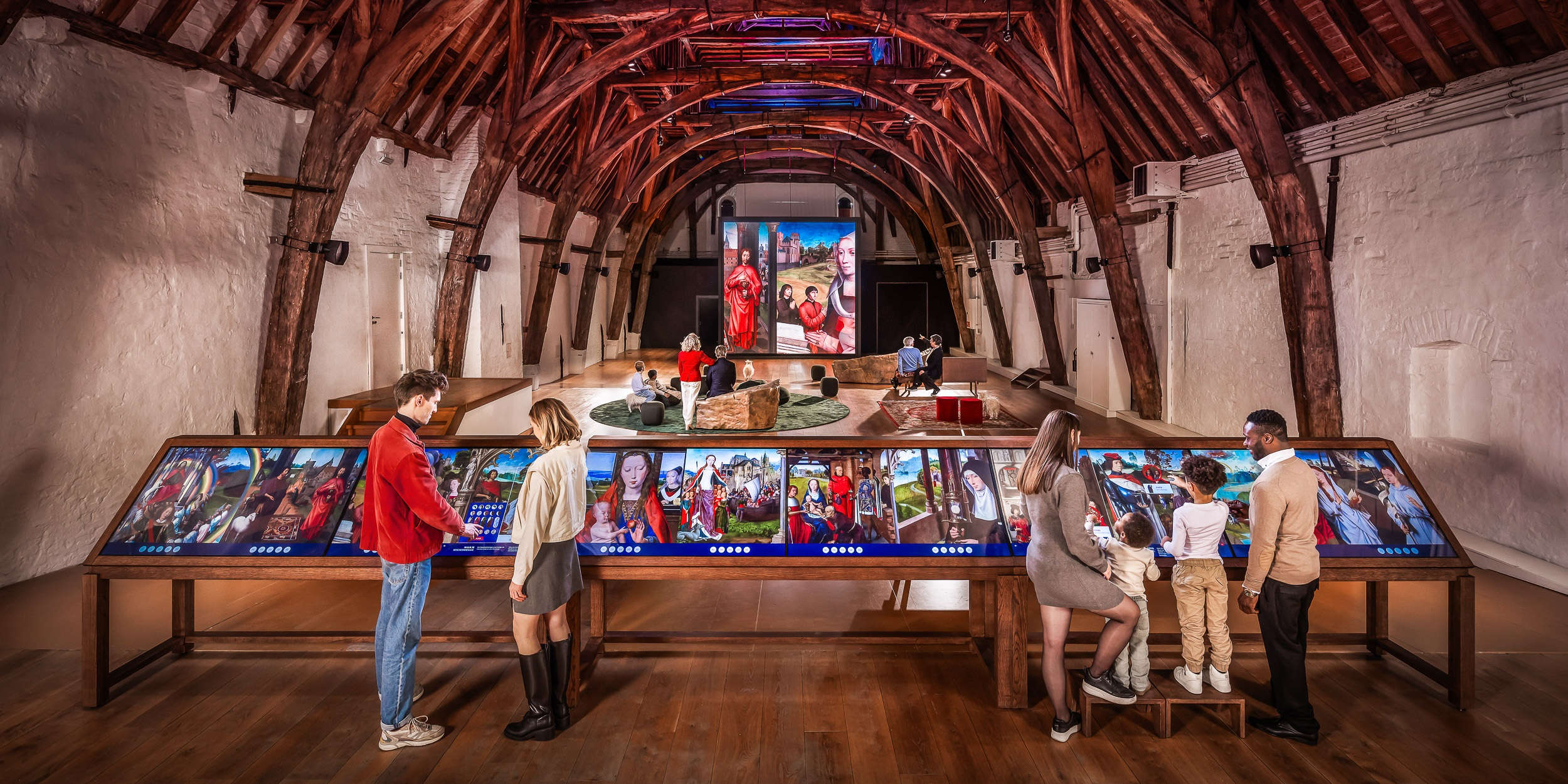
Using the latest technology in combination with recent scientific investigations, the experience offers a very close perspective on the artist, five hundred years after his revolutionary impact on the artistic landscape. This section of the trail is designed especially for creative and curious young visitors ages seven and up. Access to the Closer to Memling Experience is already included in the Museum Sint-Janshospitaal's standard admission ticket. After completing this interactive immersion, Memling's nine iconic masterpieces on display on the ground floor of the hospital and at the Groeninge Museum will be perceived in a whole new way.
Although St. John's Hospital was a place of hospitality, it is historically documented that true specialized medical care was not its main focus before the 19th century. In fact, for a long time, the hospital had no permanent resident physician, and entrusted basic care and operations such as bloodletting and fracture reduction to the barber or surgeon. Augustinian nuns provided nursing care, ensuring food, lodging and participation in religious services, essential for spiritual care. Small altars were dedicated to specific patron saints, such as St. Roch against the plague or St. Lucy for eye ailments.
Nevertheless, the hospital was a crossroads for local medical progress. Prominent physicians associated with the institution included historical figures such as Thomas Montanus in the 17th century and, in the 19th century, Isaac De Meyer, a noted surgeon and medical historian. In the 20th century, Joseph Sebrechts gave the surgery practiced at Sint-Janshospitaal international resonance.
St. John's Hospital Museum, located at Mariastraat 38 in Bruges, welcomes visitors Tuesday through Sunday, 9:30 a.m. to 5 p.m. The site is not only a tribute to Memling's artistry, but also a profound testimony to how commitment to others and caring have been fundamental pillars of Flemish society for nearly nine hundred years.

